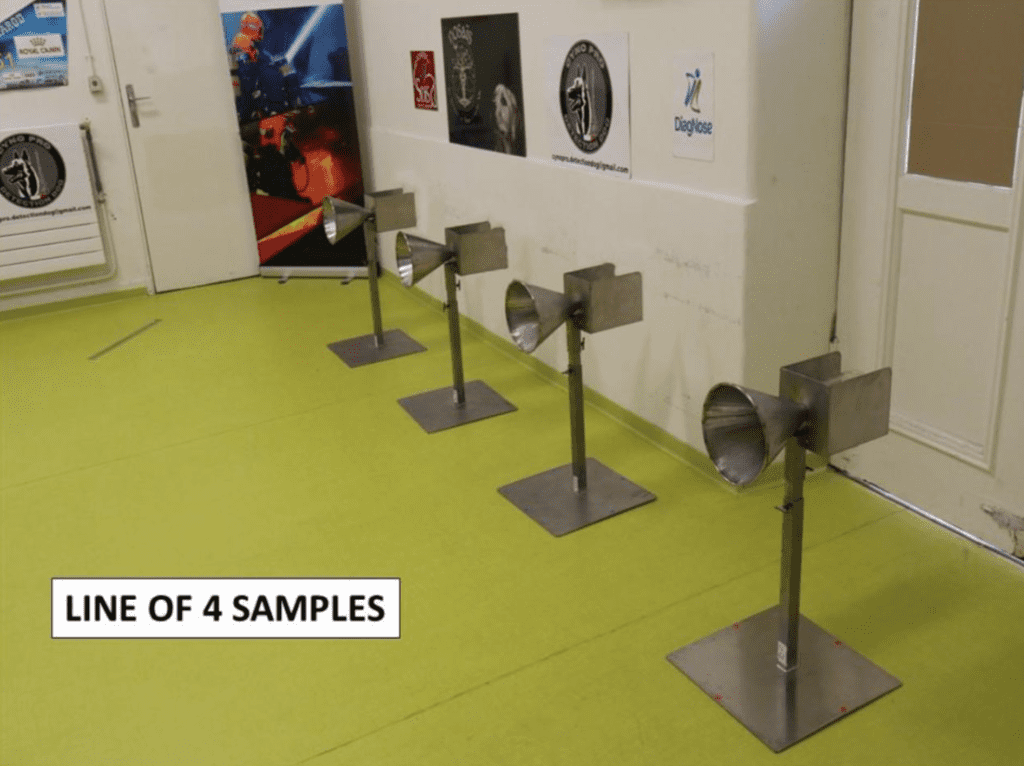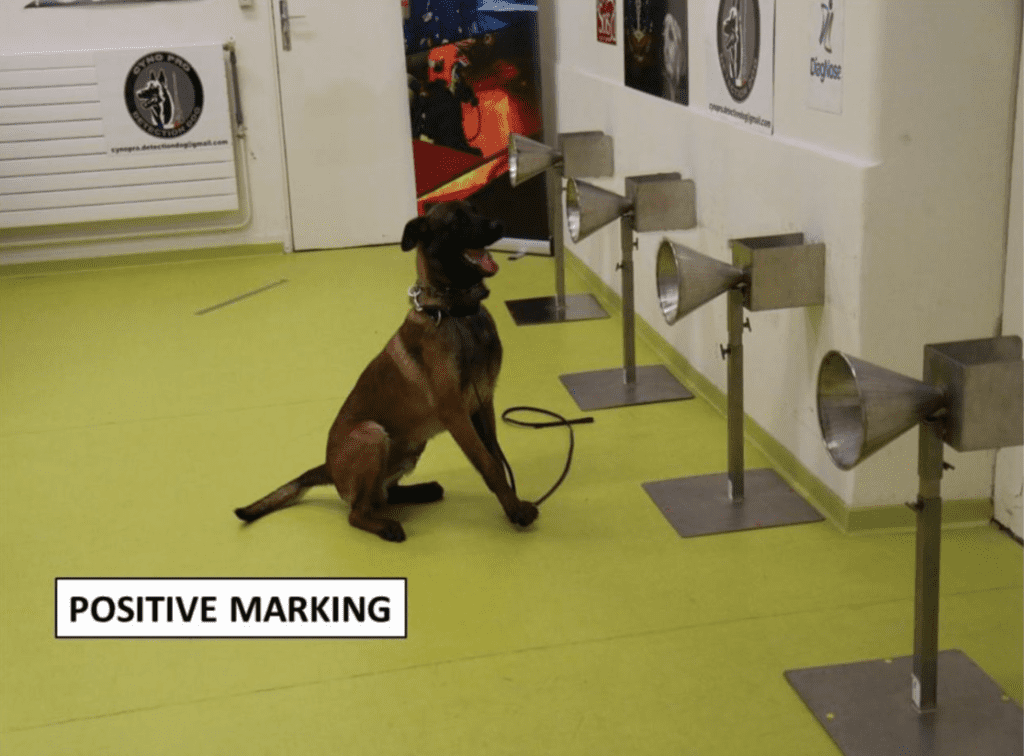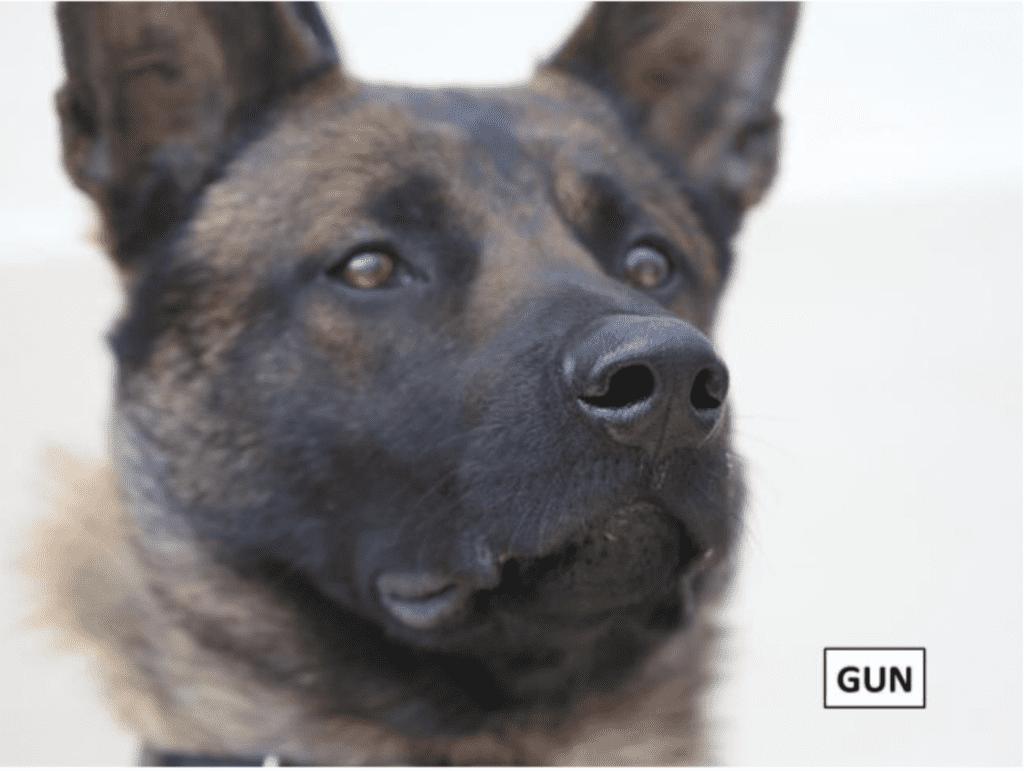A new study presented preliminary results of a coronavirus-sniffing group of dogs. Remarkably, the good boys (and girls) were able to detect infections with impressive precision.

Most countries that have reported success in the coronavirus pandemic have deployed widespread testing. If you want to keep the disease in check, it helps if you know who is sick and how the disease is being transmitted. But testing is expensive and difficult, and as countries try to grapple with reopening their economies, it becomes increasingly difficult to test in all the relevant places.
But what if we had access to a test that’s accurate, fairly easy to deploy, and virtually free? Well, if you consider cuddles and treats as free, that is.
Using dogs to detect diseases is not a new idea. A search for “dog, detection and cancer” returns 2612 publications, and cancer is not nearly the only disease where our trusty canine friends have been used as a diagnostic method.
“For centuries, our human sense of smell has been used by medicine practitioners, be it for recognising gas gangrene on the battle field or diabetic ketoacidosis,” the authors of the new study write. “Scent detection by animals has been published in a large number of diagnostic studies, which all suggest similar or even superior accuracy compared with standard diagnostic methods.”
The idea of using dogs to detect coronavirus is also not entirely new, and there are at least a couple of studies being carried in parallel. In the new study, currently in preprint, researchers at the veterinary school in Alfort, outside Paris, trained 18 dogs to detect coronavirus from sweat samples.
The dogs were all “professionals”, though they worked in different fields: some were trained to detect explosives, others for colorectal cancers, and the others were search and rescue dogs.
“We did not decide to work with drug detection dogs as there is always a possibility that COVID-19 positive or negative people use prohibited substances that would let catabolites be excreted by the axillary sweat,” the researchers add.

The team used 168 samples of armpit-perspiration from COVID-positive individuals who were in stable medical health, along with other non-COVID and mock samples.
Jars containing samples of Covid-positive perspiration were placed in a line. Funnels were inserted into the jars allowing the canines to put their noses close to the sample. Trials were done with 3, 4, 6, and 7 jars, with only one containing a positive sample.
The results were very impressive: 4 dogs managed to sniff out the infected samples in 100% of the cases, while other dogs had an 83%, 84%, 90%, and 94% accuracy rate, respectively.

“The results of this first proof of concept study demonstrate that COVID-19 positive people produce an axillary sweat that has a different odor, for the detection dog, than COVID-19 negative persons,” write the authors of the study.
So far, the study has demonstrated two things: first, that sweat carries a marker of infection, and also that dogs can detect this marker.
It’s not entirely clear how well this method could be used in a practical setup, but it’s certainly promising. Sniffing dogs could be hired by restaurants or businesses as a quick diagnostic method, and could even be used as a secondary testing method for medical facilities, the researchers conclude. If the result are confirmed on a more robust study, this could be a viable approach in some cases.
“In a context where, in many countries worldwide, diagnostic tests are lacking in order to set up a mass detection of COVID-19 contaminant people, we think it is important to explore the possibility of introducing dog olfactive detection as a rapid, reliable and cheap “tool” to either pre-test willing people or be a fast checking option in certain circumstances,” the researchers conclude.










